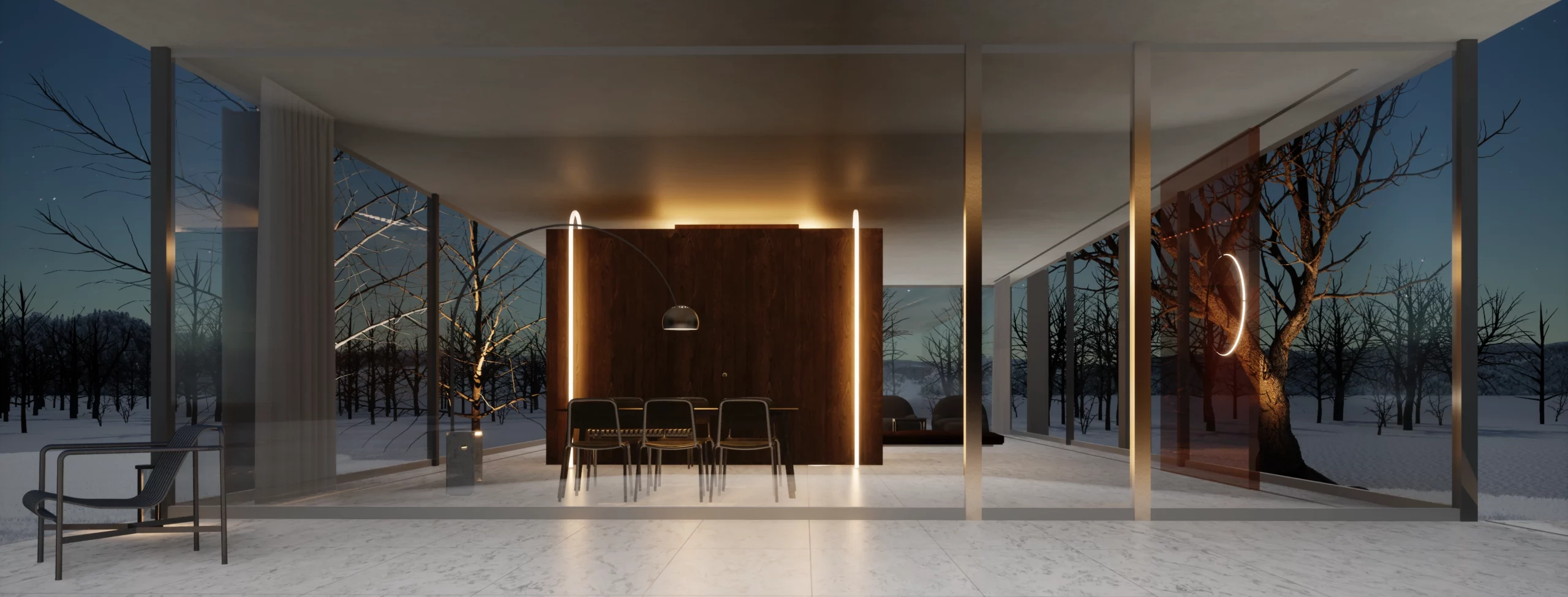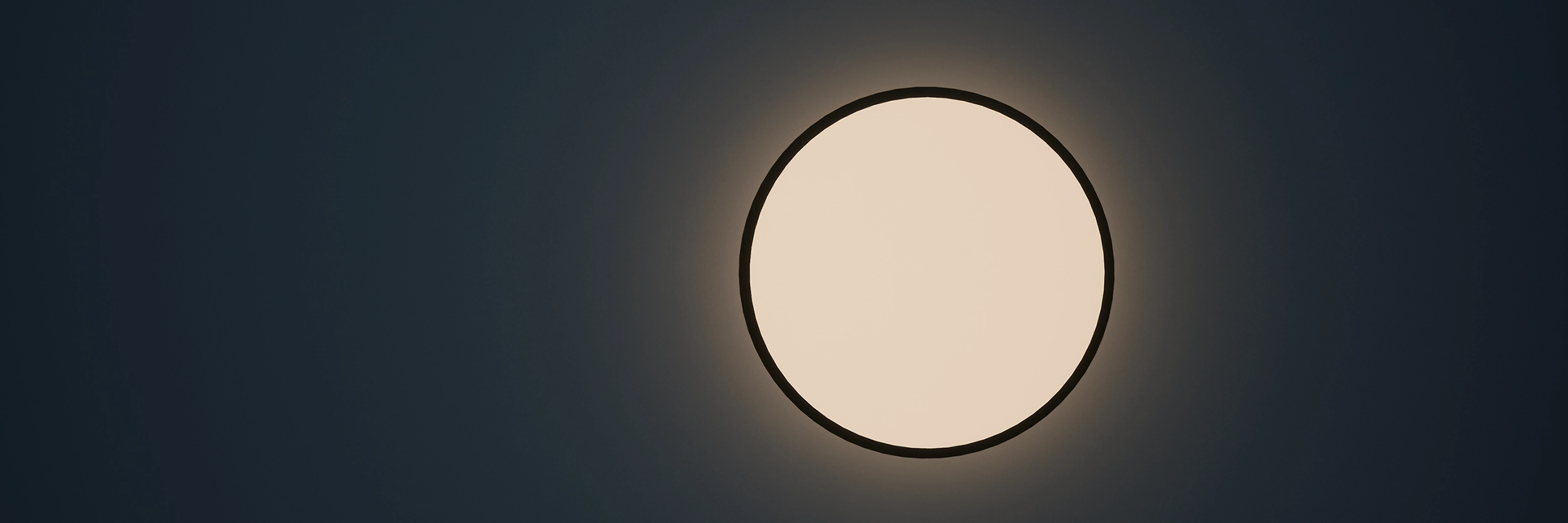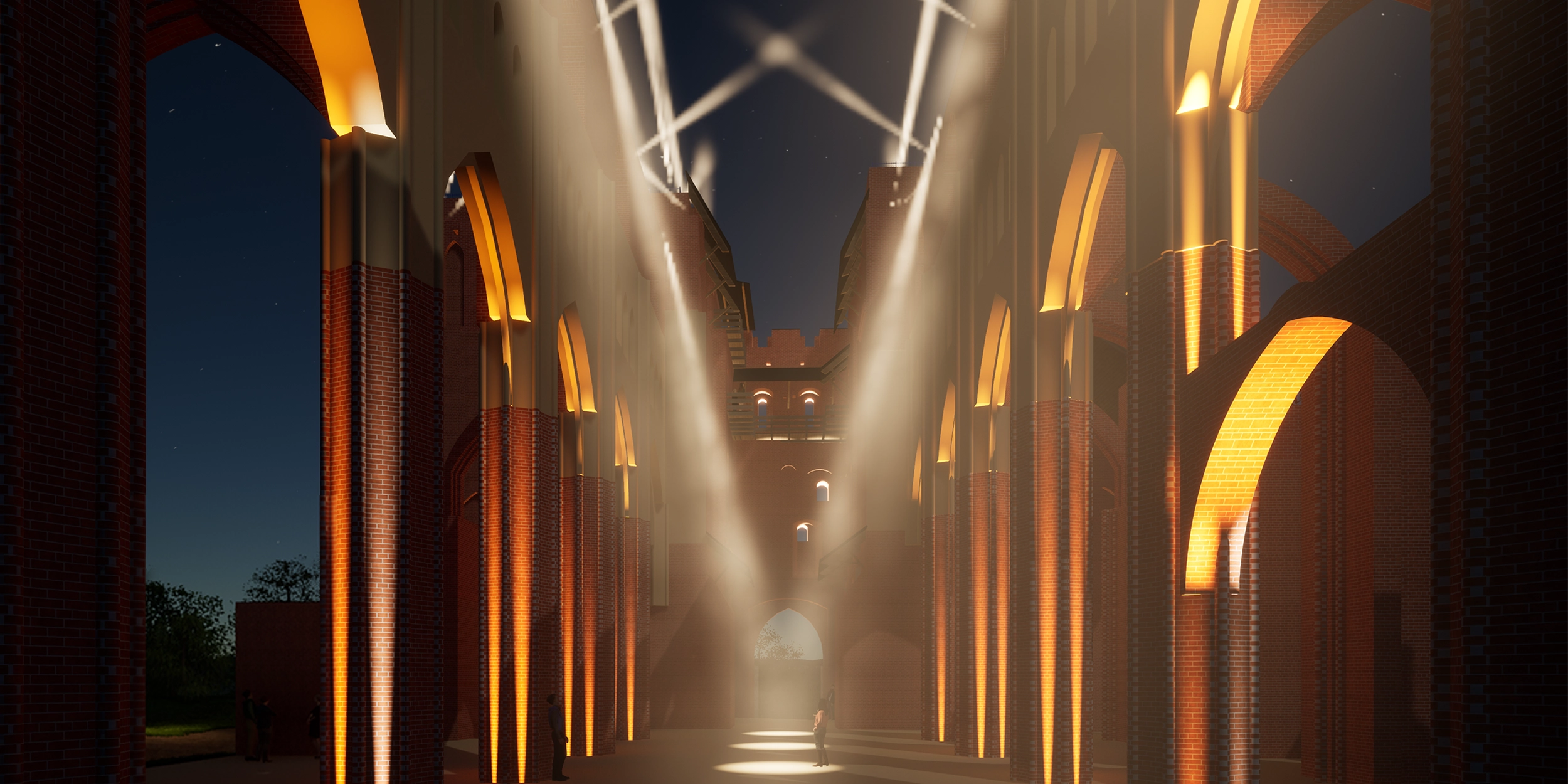
Article in special edition of Byggeri + Arkitektur (DK)
The article in Danish “Design med lys — i krydsfeltet mellem intuition og videnskab” was published in special lighting design edition of Byggeri + Arkitektur. The original article can be found here and the translated version below.
Designing with light — on the intersection of intuition and science
As humans, we are intimately connected with nature, having evolved under the Sun and starry sky, exposed to the rhythms of daylight and darkness. This connection seems to be reflected in our innate intuition when designing with light, as well as the non-visual effects that light has on our well-being. However, with the majority of our time spent indoors, it can be questioned of whether we are still in tune with nature. In this article, we will explore human-centric lighting design for our well-being and examine its relationship to architectural practice, science, and our connection to nature.
Designing with light begins with daylighting, which requires a deep understanding of the architectural context and the formation of criteria. This may seem intuitive, natural and obvious, and it is worth noting that already 2000 years ago, Vitruvius recognized the importance of morning sunlight exposure in bedrooms. Today, through lighting research and neuroscience, we know that morning sunlight exposure for 10-30 minutes, depending on cloud coverage, within the first hour after waking up, is immensely beneficial for our circadian rhythm, contributing to better sleep and alertness during the day. This effect is evident only when outdoors, highlighting the direct architectural link between easy access to the outdoors and our health and well-being.
However, in certain environments, such as hospitals and elderly homes, access to natural light for the users can often be limited. The use of innovative human-centric lighting solutions to enhance well-being has immensive potentials. At the Lighting Design Lab at Aalborg University Copenhagen, we investigate the circadian impact of light and target values for the built environment. Moreover, we have developed new lighting strategies for office environments, based on the characteristics of daylight, expressed in directionality, intensity, and perceived colour. While daylight cannot be replicated, human-centric lighting solutions can supplement it and often aim to replicate the qualities of daylight with electric lighting, emphasizing our reliance on nature.
In office environments, we tend to prefer brightly lit spaces during the day, with a reference to the outside and a pleasant contrast ratio between indoors and outdoors. In residential spaces, as the day turns into night, we often rely on floor and desk lamps, creating warm, low-illumination spaces that support relaxation and sleep. This tendency to follow the sun’s trajectory throughout the day and with low illumination levels and warm white light spectrum in the evenings, is supported by research, as the neurons in the bottom half of our retina that view the upper visual field regulate the wake-up of our brain and body. The spectrum of light is also of vital importance, with warm spectrum in the evening communicating to our body that night-time is approaching, much like a beautiful sunset.
In conclusion, designing with light for human well-being should be rooted in our connection to nature and guided by intuition. By understanding the science of lighting and its effects on our circadian rhythm, we can create sustainable and human-centric built environments. Collaborations between universities and architectural practices are crucial in developing new integrative lighting methods that will create healthier and more sustainable built environments. It is my belief that every architectural office can benefit from having a lighting designer on board to bring an even more holistic approach to the design process. By integrating lighting design from the start of a project, more innovative and forward-thinking solutions can be achieved that benefit both people and the planet.


